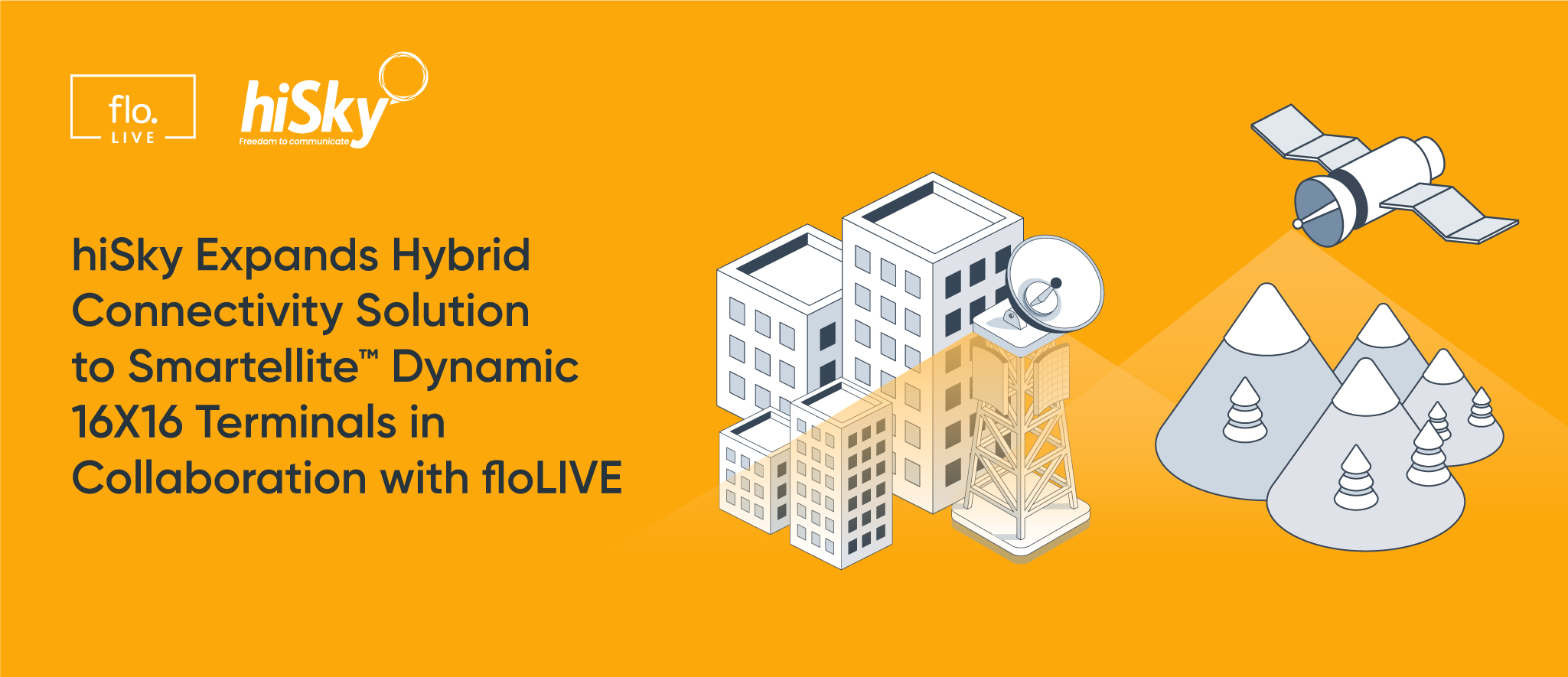Page Contents
The Impacts of Developing Technology on Telematics

Page Contents
Recently, the IDC released a report discussing the connectivity environment for the next generation of telematics applications. The telematics industry is a very interesting segment to watch the advancement of digitalization and it is about to undergo a pretty revolutionary period with emerging technologies such as 5G and AI. These two technologies truly position this industry for rapid growth and development – in fact, the IDC survey report states that 62 percent of transport companies have identified 5G as a key part of their IoT projects, outranking any other technologies. I anticipate we will see many applications of the two technologies go hand-in-hand as 5G and AI become more prolific.
The 5G Impact on Telematics
The advent of 5G technology has ushered in a new era of connectivity, revolutionizing various industries, and one sector poised for significant transformation is telematics.
Fleet management, logistics, and transportation are undergoing a paradigm shift as 5G capabilities unfold. 5G is anticipated to touch on the telematics industry in key ways, including:
Enhanced Connectivity and Speed
5G’s most prominent feature is its ultra-fast data transfer speeds and low latency. Fleet Management applications require real-time data for optimal decision-making, and 5G ensures that information flows seamlessly between vehicles and the central management system. This heightened connectivity enables quicker response times, leading to enhanced safety, efficiency, and overall fleet performance.
IoT Device Proliferation
The widespread deployment of 5G facilitates the integration of a myriad of IoT devices within fleet operations. Vehicles equipped with sensors, cameras, and other IoT devices can transmit vast amounts of data instantly, providing fleet managers with comprehensive insights into vehicle health, driver behaviour, and environmental conditions. This influx of data empowers fleet managers to make informed decisions, optimize routes, and proactively address maintenance issues.
Real-Time Monitoring and Analytics
5G’s low latency enables real-time monitoring of vehicles and cargo, offering fleet managers the ability to track and analyze their assets with unprecedented precision. This real-time visibility allows for more accurate route planning, reducing fuel consumption, optimizing delivery schedules, and ultimately improving the overall efficiency of fleet operations.
Autonomous Vehicles Advancement
The development of autonomous vehicles is closely tied to 5G technology. The low latency and high data speeds of 5G networks are crucial for the seamless communication required for safe autonomous driving. Fleet operators exploring autonomous vehicle solutions can leverage 5G to enable real-time communication between vehicles, infrastructure, and the central control system, fostering the development and deployment of autonomous fleets.
Remote Diagnostics and Maintenance
With 5G, fleet managers can remotely monitor the health of their vehicles in real time. Advanced diagnostic systems can send instant alerts for potential issues, allowing for proactive maintenance. This not only reduces downtime but also extends the lifespan of fleet assets, contributing to cost savings and operational efficiency.
The Artificial Intelligence Impact on Telematics
In addition to 5G, and certainly a technology supported via 5G, is artificial intelligence (AI). The fusion of AI and telematics can reshape the way businesses manage their vehicle fleets, offering unparalleled insights, efficiency gains, and innovative solutions. Here’s what to expect when telematics becomes artificially intelligent:
Predictive Maintenance for Optimal Uptime
AI algorithms in Fleet IoT analyze vast amounts of data from sensors and devices installed in vehicles. This data is utilized to predict potential issues before they become critical, enabling fleet managers to schedule proactive maintenance. This predictive maintenance approach minimizes downtime, reduces repair costs, and extends the lifespan of fleet assets, ultimately enhancing operational efficiency.
Route Optimization and Fuel Efficiency
AI-driven route optimization algorithms use historical and real-time data to identify the most efficient routes for each vehicle in a fleet. This not only saves time but also reduces fuel consumption and associated costs. AI’s ability to adapt to changing traffic conditions and dynamically adjust routes ensures that fleets operate with maximum efficiency, contributing to both cost savings and environmental sustainability.
Enhanced Driver Safety and Behavior Monitoring
AI-powered telematics systems analyze driver behavior in real-time, providing valuable insights into factors such as speeding, harsh braking, and erratic driving. This information enables fleet managers to implement targeted training programs, improving overall driver safety. AI algorithms can also predict potential accidents or unsafe conditions, allowing for proactive intervention to prevent incidents and reduce the likelihood of accidents.
Data-Driven Decision Making
AI transforms the vast amount of data generated by Fleet IoT into actionable insights. Advanced analytics and machine learning models help fleet managers make informed decisions regarding maintenance schedules, route planning, and resource allocation. This data-driven decision-making approach enables continuous improvement and optimization of fleet operations.
Autonomous Vehicle Integration
Alongside 5G, AI plays a pivotal role in the development and integration of autonomous vehicles within fleet operations. Machine learning algorithms enable vehicles to process real-time data from sensors, cameras, and other sources, making split-second decisions for safe navigation. As AI technologies advance, fleets have the potential to incorporate fully autonomous vehicles, reducing the need for human intervention and further optimizing logistics.
Complex Connectivity Requirements in Telematics
It’s becoming more evident that the landscape for IoT connectivity in the telematics industry is rapidly changing, with more complex demands arising alongside developing technologies. The IDC survey report states that 34 percent of transportation organizations identify deployment complexity as a major hurdle to launching or scaling digital applications.
Want to look further into the changing environment of IoT connectivity for telematics? Check out the full report from IDC.










